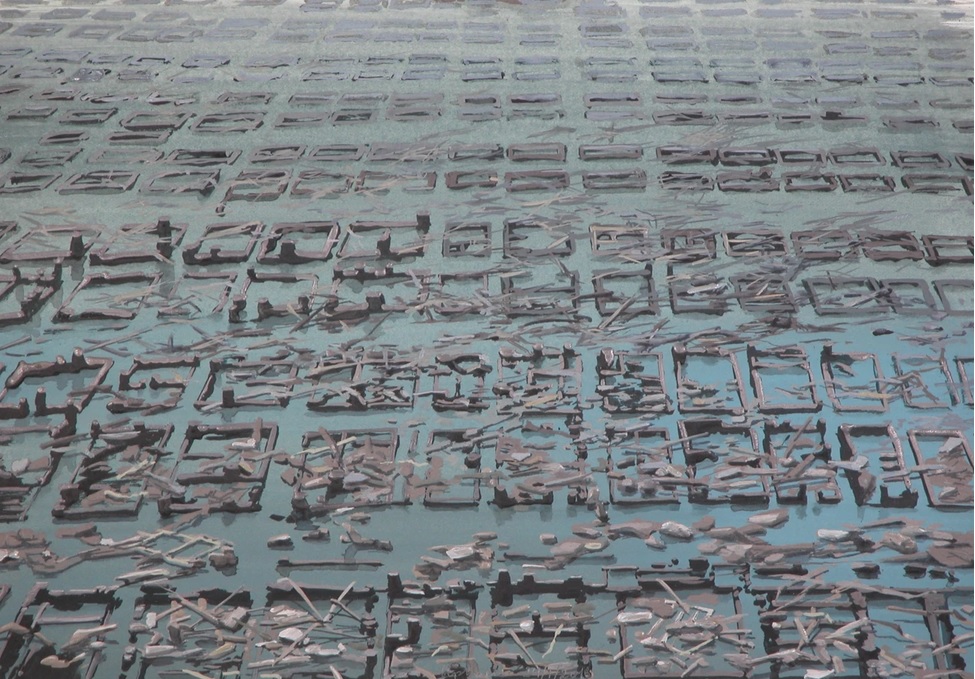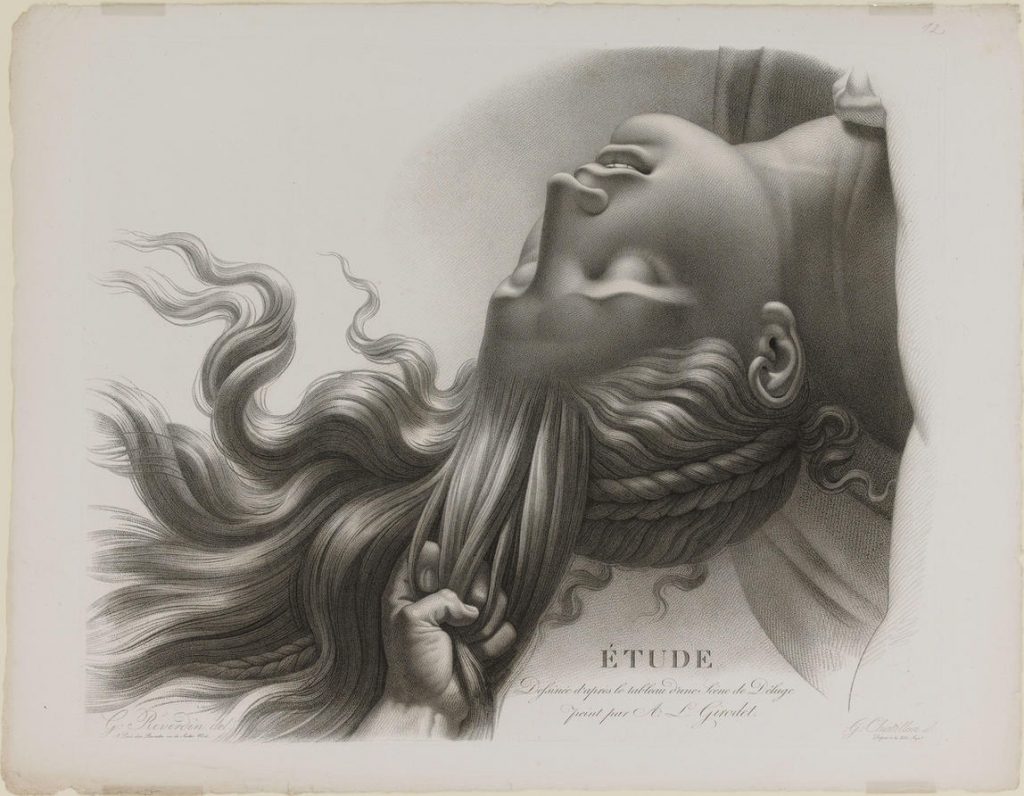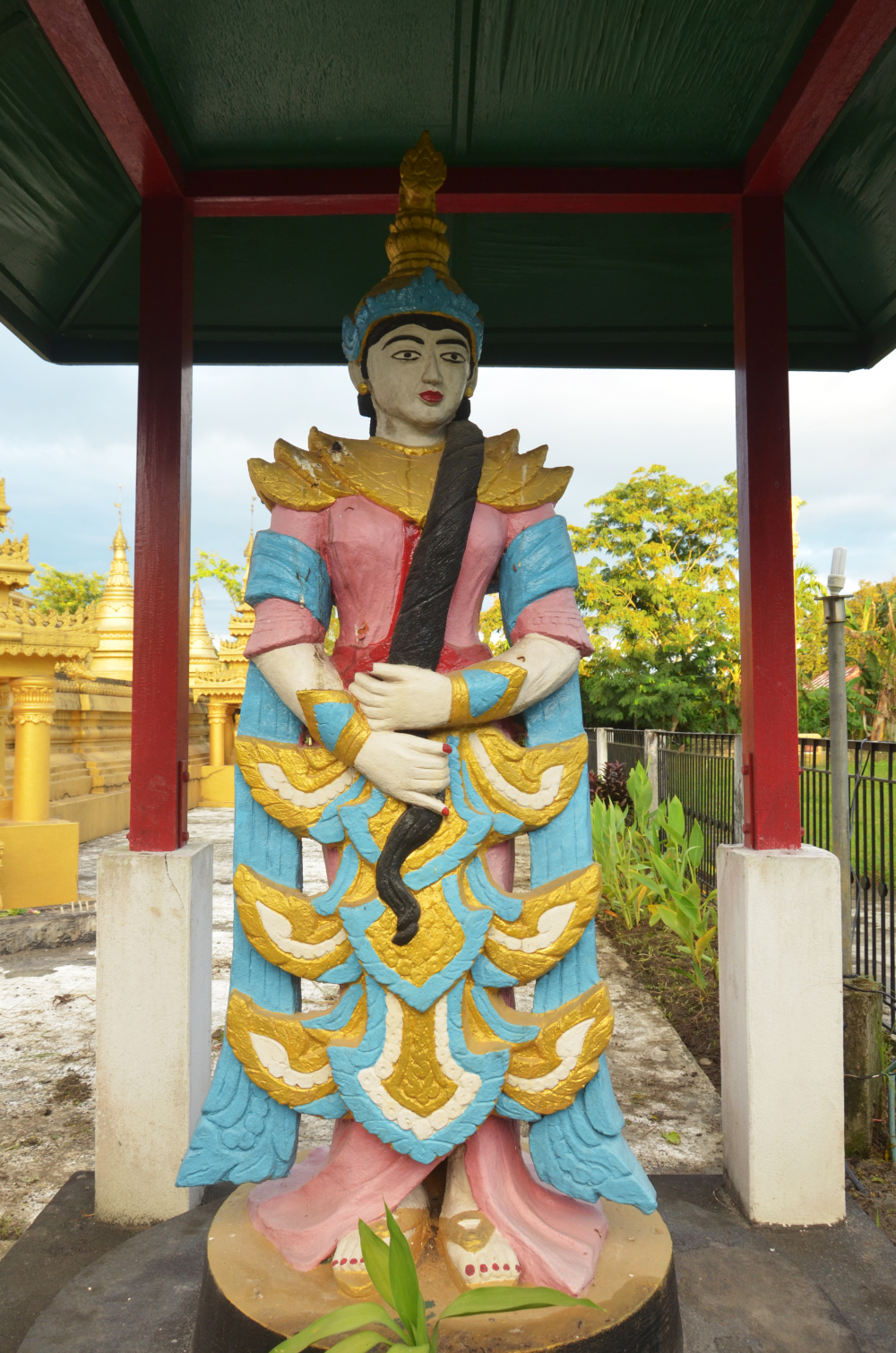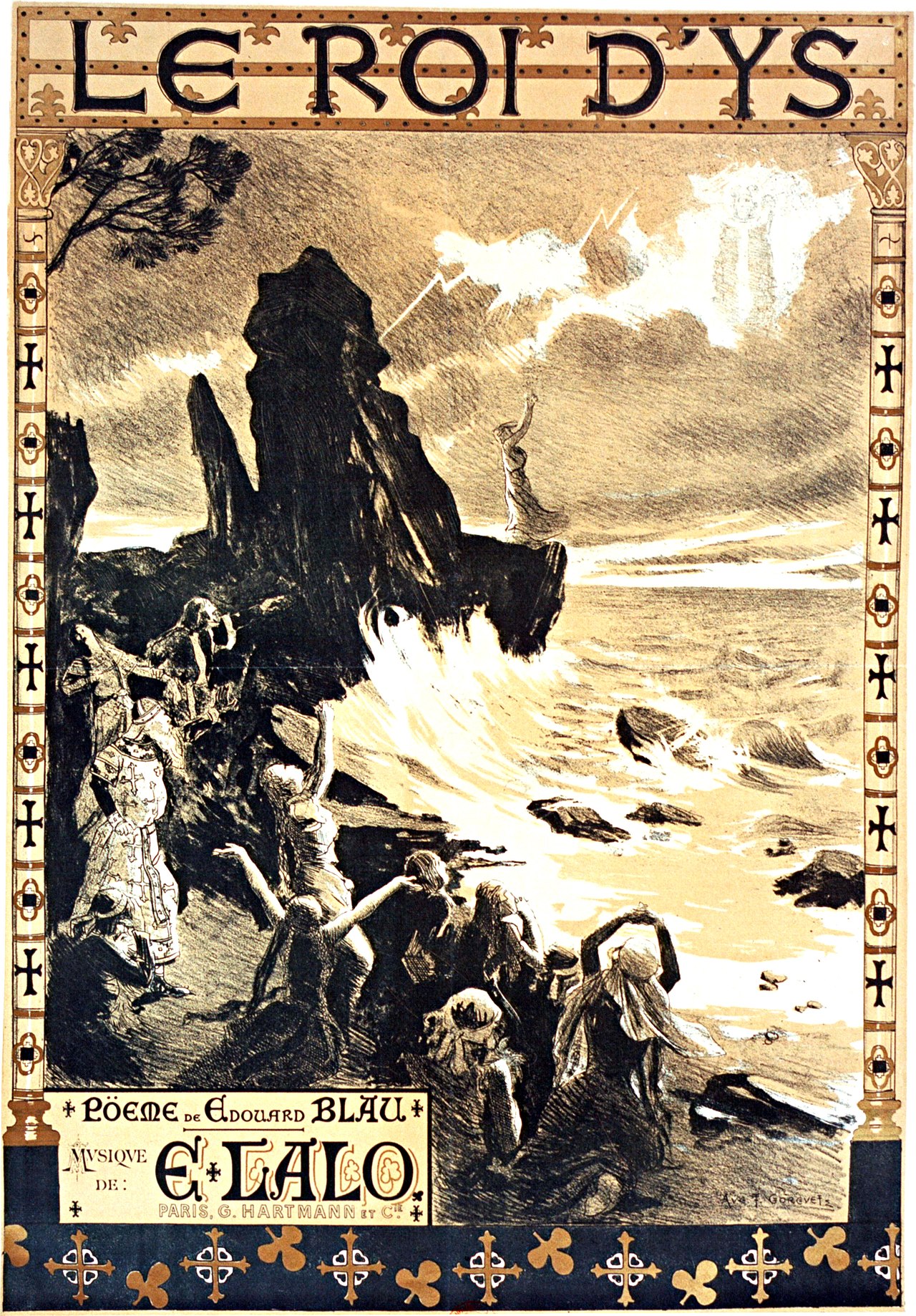Strabo, a Greek geographer and historian whol lived from around 60 BC to 20 AD writes in his Geographica:
“For the sea was raised by an earthquake and it submerged Helice, and also the temple of the Heliconian Poseidon, whom the Ionians worship even to this day, offering there the Pan-Ionian sacrifices. … Helice was submerged by the sea two years before the battle at Leuctra. And Eratosthenes says that he himself saw the place, and that the ferrymen say that there was a bronze Poseidon in the strait, standing erect, holding a hippo-campus in his hand, which was perilous for those who fished with nets.
And Heracleides says that the submersion took place by night in his time, and, although the city was twelve stadia distant from the sea, this whole district together with the city was hidden from sight; and two thousand men who had been sent by the Achaeans were unable to recover the dead bodies; and they divided the territory of Helice among the neighbours; and the submersion was the result of the anger of Poseidon, for the Ionians who had been driven out of Helice sent men to ask the inhabitants of Helice particularly for the statue of Poseidon, or, if not that, for the model of the temple; and when the inhabitants refused to give either, the Ionians sent word to the general council of the Achaeans; but although the assembly voted favorably, yet even so the inhabitants of Helice refused to obey; and the submersion resulted the following winter; but the Achaeans later gave the model of the temple to the Ionians.”
thanks to Jasmin Hettinger for the lead.



